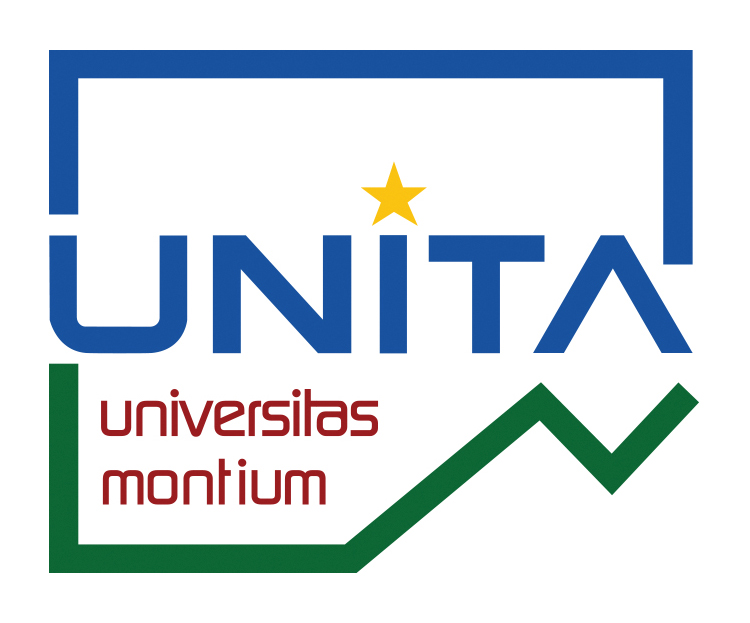Characterization of Corrosive Lithium-Bromide/Water Solutions up to 6 GHz Using a Low Cost SMA Connector
Résumé
In this paper, we present the results of complex permittivity extraction up to 6 GHz from eight aqueous lithium bromide (LiBr/water) solutions. These solutions, known for their high corrosivity, were measured across LiBr mass concentrations ranging from 1% to 54% and for conductivities up to 14 S/m. They are widely used in thermochemical compressors installed in absorption machines, which are primarily employed to generate cooling from a heat source. Thermochemical compressors are more efficient than conventional compressors enabling a significant reduction in the energy consumption of absorption machines. The applications of these machines are numerous, including cooling systems in vehicles and buildings, as well as energy recovery in chemical industries. To characterize the aqueous lithium bromide (LiBr/water) solutions, microwave measurements were conducted using a low-cost SMA connector, which acted as an open-circuit coaxial probe and was brought into contact with the liquids to be characterized. From the reflection coefficient measurements, we validated the complex permittivity extraction using reference liquids (ethanol and methanol). Subsequently, we extracted the complex permittivity of LiBr/water solutions and analyzed its variation as a function of LiBr mass concentration. Results show that the complex permittivity exhibits significant variation (with the real part decreasing and imaginary part increasing) for aqueous solutions with a LiBr mass concentration between 1% and 30%. For higher concentrations, the evolution of complex permittivity become less pronounced, with an inversion in the direction of variation observed for LiBr mass concentrations above 40%.
| Origine | Fichiers produits par l'(les) auteur(s) |
|---|

